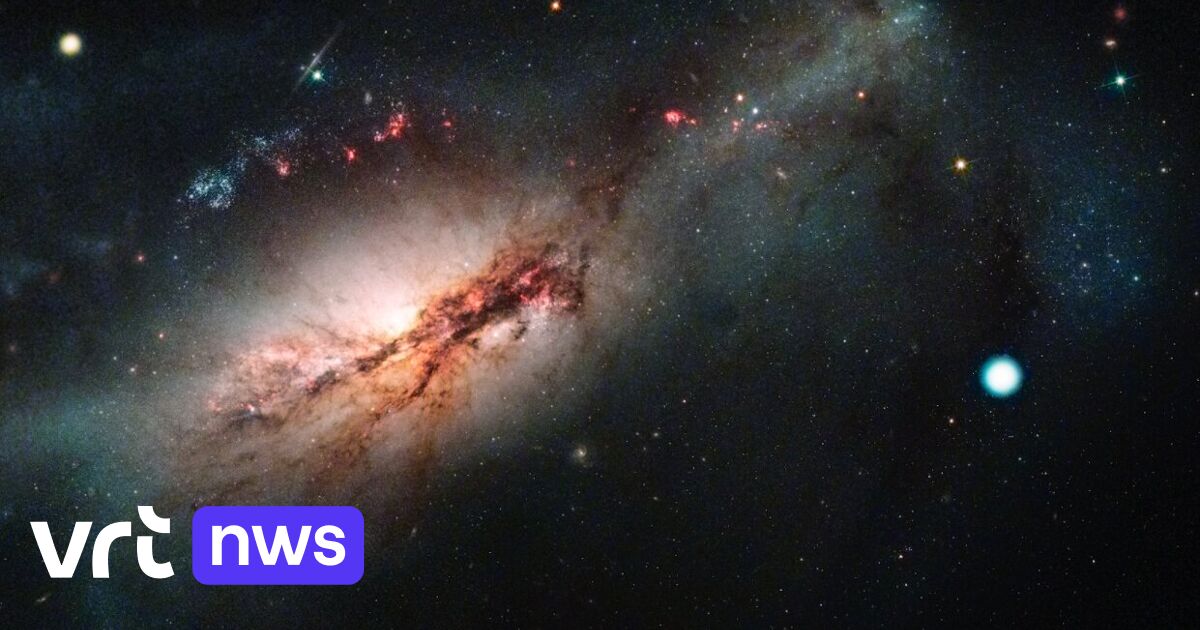A thermonuclear supernova is the explosion of a white dwarf star after it has gained mass from another star in a binary galaxy, a binary star. These white dwarfs are the dense cores of ash left over after a bright star — a star with a mass about 8 times that of the Sun — has reached the end of its life.
An iron core collapse supernova occurs when a massive star – one with a mass more than 10 times the mass of the sun – runs out of nuclear fuel and its iron core collapses, creating a black hole or neutron star.
In between those two major types of supernovas – there are still many subdivisions – are electron capture supernovas. Those stars stop the fusion reactions if their core is made up of oxygen, neon and magnesium – they are not heavy enough to make iron.
Gravity is constantly trying to squeeze a star, and what prevents most stars from collapsing is either the fusion in the core exerting an opposing force or, in nuclei where the fusion has stalled, the fact that the atoms in the core cannot be packed closer together.
In an electron capture supernova, some of the electrons in the oxygen-neon-magnesium nucleus are knocked into their atomic nuclei in a process called electron capture. This removal of electrons causes the core of the star to collapse under its own weight, resulting in an electron capture supernova.
If the star had been slightly more massive, the elements in its core could have fused into heavier elements, extending its life. So it’s kind of a reverse Goldilocks situation: the star is not light enough to escape the collapse of its core and not heavy enough to prolong its life and later die in a different way.
That is the theory formulated since 1980 by Ken’ichi Nomoto of the University of Tokyo and other scientists. Over the years, theoretical scientists have made predictions about what to look for when looking for electron-trapping supernovae and their precursors, the super-asymptotic giant branch stars.
The stars should have a large mass, losing much of it before exploding, and this mass near the dying star should have an unusual chemical composition. Next, the electron capture supernova should be a weak explosion, give little radioactive fallout, and have neutron-rich elements in its core, since the electrons are pressed into the atomic nuclei and would have turned many protons into neutrons.
–

